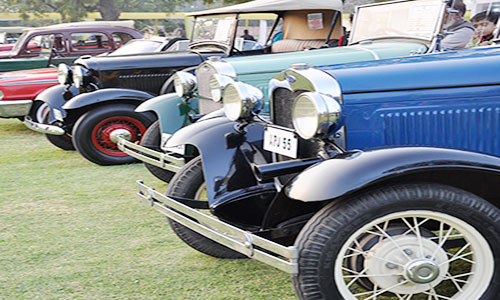The 246-year-old History of Indian Notes
With Prime Minister Narendra Modi’s announcement about suddenly scrapping the old Rs.500 and Rs.1000 notes, literally everyone in India has been talking about notes. The old ones that got demonetised and the new Rs.500 and Rs.2000 notes launched recently – everyone is talking about them. So, we thought of bringing you the history of Indian notes, which is some 246 years old.
1770 – The beginning of paper notes
The history of paper notes in India is very old. Before independence the British and Portugals had started printing their notes. But the British won the fight over monopoly on the currency notes. We progressed a lot in Indian notes printing post-independence adding stuff like watermark and security threads to the notes.
During the initial times, Bank of Bengal only printed notes on one side of the paper. The printed side had a gold seal imprinted on it. The first notes came in the sections of 100, 250 and 500. After this the notes got imprinted with embroidery, a female figure which represented humanization of business.
Then the notes started getting printed on both sides of the paper. The notes were printed in three languages – Urdu, Bengali and Devnagari scripts. The bank seal used to be present on the back side of these notes.
1800 – Both sides printing
By the end of 1800 the notes started having British motifs and more things were added to their design so as to avoid printing of counterfeit notes.
1861 – Paper Currency Act
After the Paper Currency Act passed, the government got monopoly over notes. The British government appointed Presidency Banks as their agent for the circulation of bank notes so as to increase the circulation and use of bank notes.
1867 – Notes with photo
For the first time notes were printed with photograph of Maharani Victoria in her honour. These notes were printed on only one side (uni-faced notes).
1883 – The Portugals
The Portugals launched their first note in India, which remained in circulation till 1961.
1935 – Reserve Bank of India
It was in the year 1935 that the work of printing and circulating notes came into the hands of the Reserve Bank of India (RBI).
1938 – George VI on notes
In 1938, the photo of George V was replaced by the photo of George VI. These notes with the photograph of George VI imprinted on them remained in circulation till 1947.
1947 – Post independence
After India attained independence from foreign rule, new notes came into circulation, which had the picture of the pillars of Sarnath lions on them.
1959 – Special notes for Hajj pilgrims
Special notes of Rs.10 and Rs.100 were released to ensure that the people going for Hajj pilgrimage could easily get these exchanged for the currency of Saudi Arab.
1969 – Mahatma Gandhi on note
On the occasion of the birth centenary of Mahatma Gandhi, a special note was released. This note possessed the photo of the Father of the Nation, Mahatma Gandhi in the form of a coin.
1987 – First 500 rupee note
It was in 1987 that the government issued the first ever Rs.500 note.
1996 – Notes of Mahatma Gandhi Series
In 1996, notes with Mahatma Gandhi Series were released which incorporated several security features like watermark, security thread, special mark for visually challenged people, etc. This series of notes replaced all banknotes issued before 1996.
2000 – The first 1000 rupee note
In the year 2000, the first note of Rs.1000 came into circulation.
2016
On Nov 8, PM Modi suddenly announced the demonetisation of old notes of Rs.500 and Rs.1000 to curb black money and erase all counterfeit notes from the market. Also new notes have been launched of Rs.500 and Rs.2000.
Let’s wait for more changes in the currency notes of Indian in the coming years.











